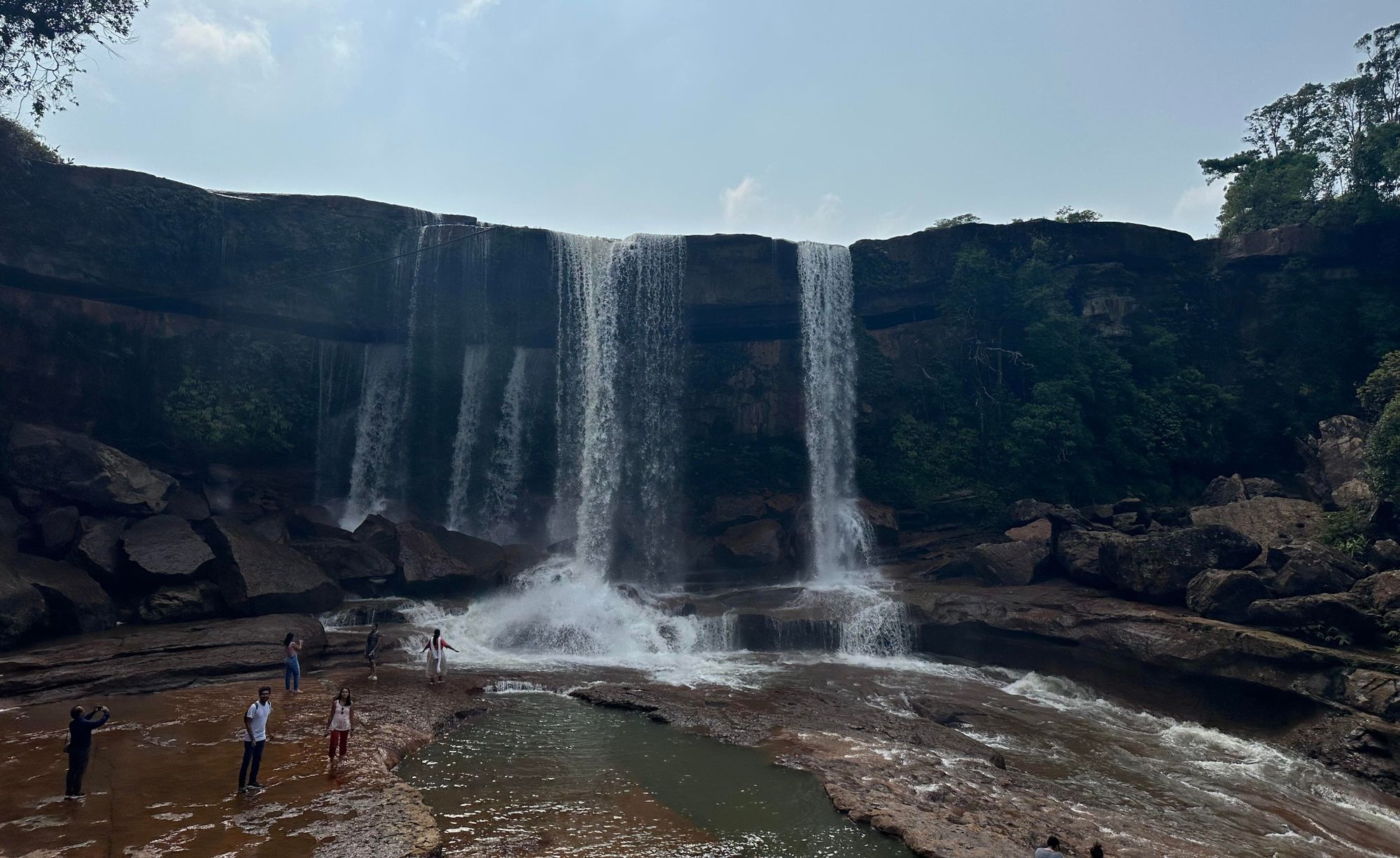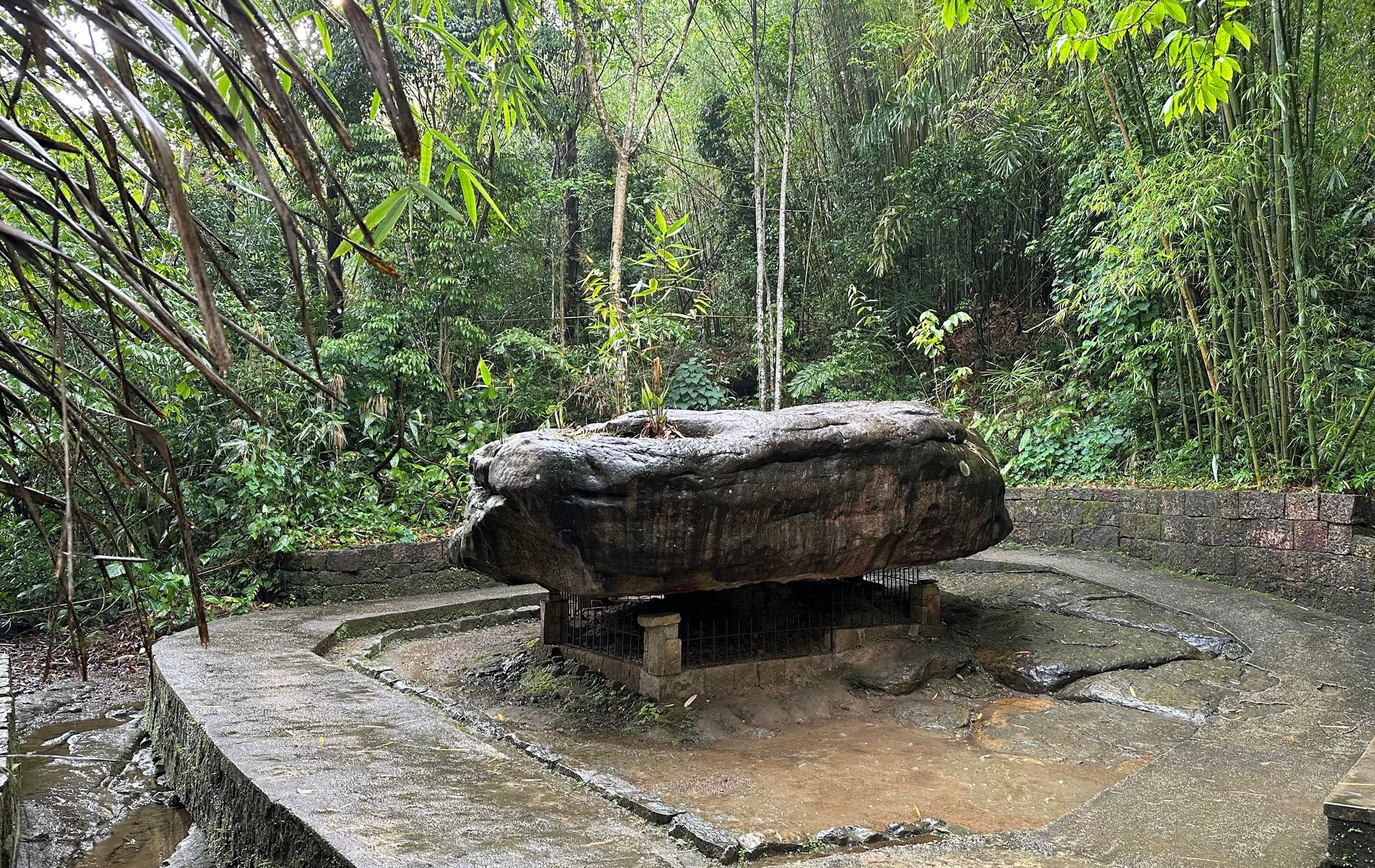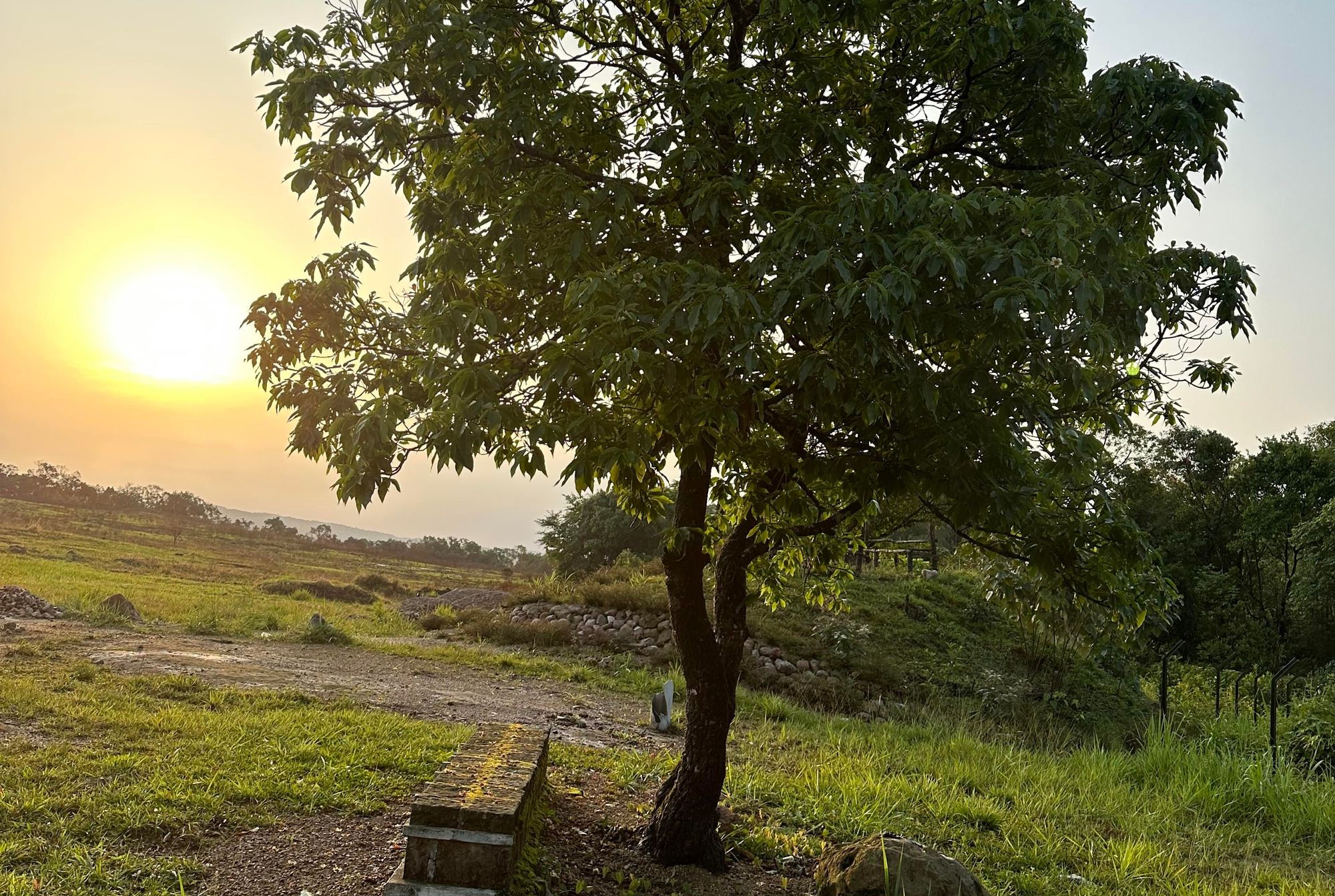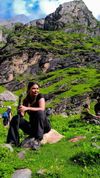Sarath’s Walk Through Nature’s Wonders: A Thrillophilia Review of Meghalaya’s Living Bridges

It began with an old Khasi folktale I had overheard during an office tea break. I was sitting in the Central Secretariat canteen in Chennai, stirring sugar into my steel tumbler of tea, when someone mentioned a place “where bridges grow with trees.” At first, I thought it was metaphorical. But when I Googled it that evening, I found myself staring at images of twisted roots forming pathways over rivers. Waterfalls were cascading into emerald basins, and clouds seemed to descend right into the forests.
Meghalaya. A land I did not know much about before. But after so many years, I wanted to see the place in person. And so, a month later, I applied for leave, packed a modest backpack, and left for the Northeast - solo.
The Spell of Krang Suri
Most people talk about Nongriat when they return from Meghalaya. And it was unforgettable. But for me, it was Krang Suri that truly cast the spell. Day 5 of the trip, the sun was kind that morning as we drove from Dawki to Jowai. Our guide had hyped up the place, but no amount of words could have prepared me for what I saw.
Krang Suri wasn’t just a waterfall - it was a portal. The water fell like light, translucent and turquoise, into a pool so impossibly clear that the world above and the world below seemed to merge. Mist curled around my ankles as I stepped closer, shoes off, senses alert. And then, almost impulsively, I dove in.

The shock of cold water was immediate. But it was both refreshing and awakening. Children from a nearby village laughed as they splashed each other. A local woman, sitting on a rock, hummed a tune I did not understand. And there I was, floating under a fall that looked like it had been painted into existence. At that moment, I felt completely unbound from the world I had left behind.
After I got out, shivering but elated, I noticed how the light hit the surface of the water just right. It turned it into a canvas of reflected sky and foliage. I spent another hour just sitting nearby, journaling, sketching random shapes in my notebook, and watching the clouds shift. I did not speak a word, and I did not need to. Krang Suri had already spoken to me in a language older than words.
Bridges That Breathe and Villages That Shine
Of course, Nongriat had its magic, too. The 3,000-step descent was like an initiation into a quieter world. The Double Decker Living Root Bridge was an actual presence. Tangled, strong, and tender. I touched it with respect. Who plants a bridge? Who waits decades for roots to intertwine and grow strong enough to carry generations?
In contrast, there was Mawlynnong, the “cleanest village in Asia.” I had mocked the title before visiting, expecting some gimmicky tourism branding. But walking its bamboo-lined paths, seeing villagers sweep fallen leaves as part of their morning routine and children placing wrappers into hand-woven bins, humbled me. Cleanliness here was a practice.

Even the small Single Decker Root Bridge at Riwai felt like a living reminder of harmony - with time, with nature, with one another.
A Walk Where Time Stands Still
By the time we reached the final leg of the trip - Laitlum Canyons. The canyons rolled out before me like a green sea, and I sat there, letting the silence fill me up. You do not often realise how loud your life has become until you step into a place that offers no echo.
I sat there for an hour. Maybe more. A local shepherd passed me by, nodded, and kept walking. A small dog sat beside me without asking for anything. Just company.

Later that night in Shillong, I found myself reflecting on how different everything felt. The air, the people, even my thoughts - they all moved slower. I think I had found a version of myself I had forgotten existed.
The next morning, as we returned to Guwahati, I made a quiet stop at Umiam Lake once again. The same vendor who sold me tea on Day 1 recognised me. “You look different now,” he said.
“I feel it,” I replied.
At Kamakhya Temple, I simply said thank you - to the hills, the water, the trees, and the strangers who reminded me of forgotten truths.
The folktale that led me here may have been a metaphor. But the journey? It was as real as the root beneath my feet.
Read More: Thrillophilia Meghalaya Reviews
